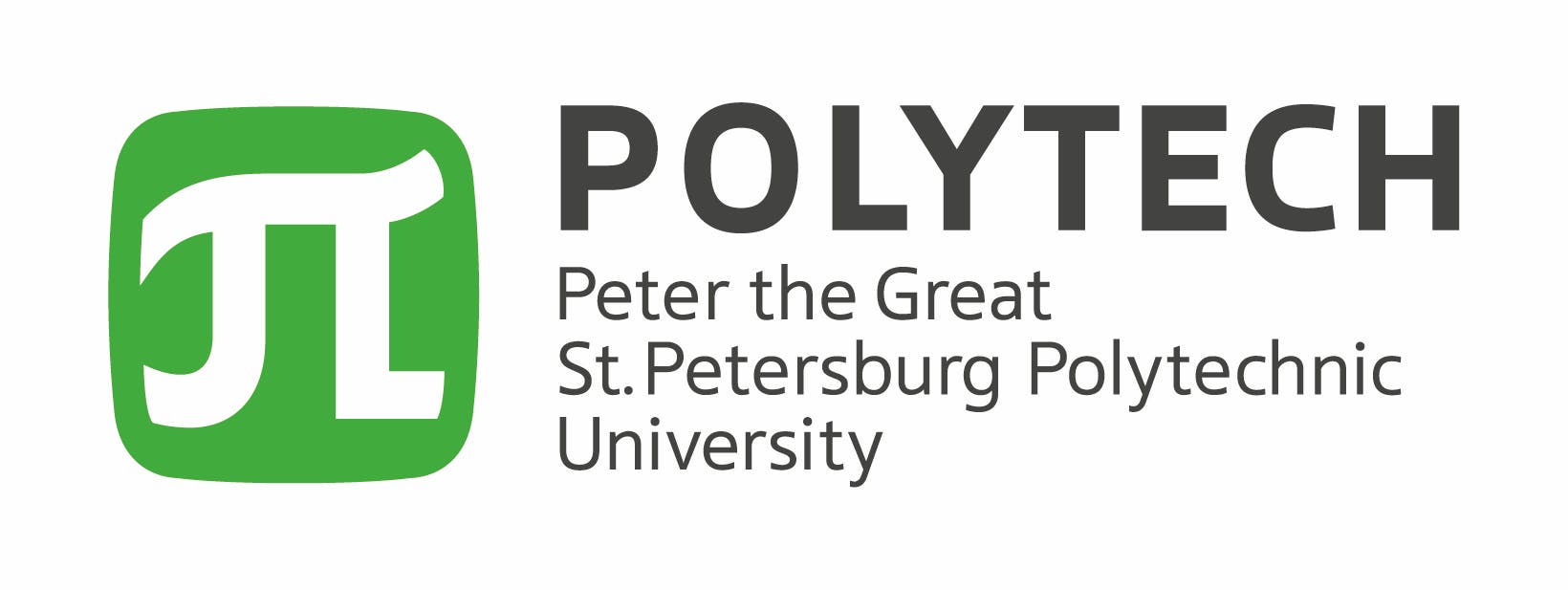SPbPU: Polytechnic University has developed a device for diagnosing the cardiovascular system using a smartphone
Scientists at SPbPU have created a prototype of a device that can be used to monitor the condition of one’s cardiovascular system independently. The technology is based on fiber-optic sensors, the data from which are sent to an ordinary smartphone. Thanks to the use of simple parts, the portable device is four times cheaper than classic photoplethysmographs.
To diagnose the cardiovascular system, a fiber-optic sensing element is placed on a person’s skin near the carotid or brachial artery. A smartphone flashlight is used to direct a beam of light into the fiber. During the release of blood by the heart, a pulse wave spreads from the aorta along the vessels, causing them to expand. Changes in vascular blood flow cause the fiber sensing element to deform, which in turn affects the intensity and latency of the reflected light. The smartphone camera registers the reflected light, carrying information about the parameters of the cardiac cycle. Then specialists conduct detailed processing and interpretation of the received signals.
The results of the analysis allow calculating the heart rate, identifying heart rhythm abnormalities and alerting to abnormalities in the shape of the pulse wave. Thanks to these data, doctors will be able to diagnose hypertension, thrombosis, atherosclerosis, and varicose veins. If the patient is healthy, the walls of the arteries are elastic, and the pulse wave propagates at a low speed, about five meters per second. If the cardiovascular system is abnormal, then there are changes in the pulse wave: its speed increases or the reflection increases.
Both traditional pulse wave analysis devices and fitness bracelets and smartwatches don’t read information very accurately. Plethysmographs and pulse oximeters put pressure on the skin and squeeze the blood vessels, which distorts the pulse signal. And smart watches measure the signal in the small blood vessels of the surface layers of the skin, which also affects the accuracy of the data. In addition, photoplethysmography has no way to separate light signals scattered in blood vessels and surrounding tissues, which also leads to signal distortion, explained project leader Nikolay Ushakov, candidate of physical and mathematical sciences and a researcher of the Fiber Optics Laboratory of the Institute of Electronics and Telecommunications of SPbPU. The fiber used in our development is very soft and flexible. It contacts the skin locally in the arterial passages and does not put pressure on the vessels, so the signal distortion is minimal and the readings are more accurate.
In the near future, scientists plan to modify the technology to enable noninvasive measurement of glucose levels, which is very important for controlling diabetes mellitus. The project to develop fiber-optic sensors is supported by the Russian Ministry of Education and Science’s Priority 2030 program.

